Timolol gel eye drops are beta-blockers which means that they relieve stress and pressure, and in this case, they relieve and reduce the fluid production, as well as the pressure that certain conditions can put on the eye.
These conditions can be ocular hypertension, which literally means increased eye pressure, or open-angle glaucoma, in which the fluid builds up in the eye and can lead to potential ocular nerve damage.
When Should Timolol Gel Eye Drops Not Be Used?
First of all, it is important to check the ingredients of these eye drops in case the person is allergic to any of them. A person can also have a reaction to timolol eye drops if they are allergic to some other medicines, foods, or any substances. Also, people who have some issues with the respiratory system, such as asthma or a severe chronic obstructive pulmonary disease, should also avoid them.

A history of heart diseases, as well as the use of any other beta-blockers might signify that these eye drops are not recommended for such people. Some other conditions which may lead to a negative reaction to these drops include diabetes, low blood sugar, muscle disorders, overactive thyroid, pregnancy, and some eye infections or injuries that are unrelated to those that timolol gel eye drops can treat.
The list of potential causes of side effects of these drops is quite long and it is best that they are not applied before a doctor is consulted under any circumstances.
Which Possible Side Effects May Timolol Gel Eye Drops Lead To?
To begin with, timolol gel eye drops may cause some damage to the eyes. This includes blurry vision, eyes that are dry more than normal, and a feeling of having a foreign object in the eye or burning, itching, and pain in the eye.
Furthermore, the side effects may result in nausea, vomiting, lightheadedness, and headaches. These are some of the most basic side effects which could possibly subside on their own. However, if they seem to persist for an unusually long time, the doctor should be consulted.
In case a person turns out to be allergic to these drops, symptoms such as increased itching and rash, breathing problems and feelings of tension and stiffness in the chest, as well as swelling of several body parts can be noticed. What an allergic reaction does to the eye itself is cause pain, swelling, and discharge, but it may also cause these problems in the areas around the eyes, such as the eyelids.
- Timolol has few topical side effects, while it has some important systemic side effects on the cardiac and respiratory systems.
- The balance between efficacy and safety is always the main aspect to care patients. Because of the less efficacy of timolol 0.1% solution, the possibility to use carbomers as vehicle in the gel drops helped timolol 0.1 to be used in clinics, extending the time contact between the active ingredient and the surface of the cornea.
- Several studies have already demonstrated the efficacy of timolol in treating glaucomatous patients; in fact, in long-term therapy, intraocular pressure falls down from 27 up to 35% of its original value; the mechanism of action is essentially due to the reduction of aqueous humor production more for timolol than that for other beta-blocker agents such as carteolol or betaxolol.
- In normolipidemic patients, 0.5% timolol solution seemed to lower HDL cholesterol levels by 8 to 11% with the impending increase of LDL?+?VLDL ratio from 10 up to 24%. This adverse effect appears to decrease when timolol in gel formulation is used, with a significant fall of value from 16 to 18% in lipidic profile formula; this potential effect may be due to the reduction of systemic absorbance.
- In a pharmacological study, heart rate at rest and during exercise was compared in 42 men (aged 55 to 65?years, mean 58.6?years) who were treated with topical instillation of 0.5% timolol solution twice a daily and 0.5% timolol gel once a daily. At the end of administration, an exercise test was performed, the clinical results showed that reducing the dose administered by half allowed to reduce significantly adverse effects.
- A study performed by 249 French ophthalmologists on 1181 patients treated with antiglaucomatous therapy demonstrated that in 40 to 54% of cases administration of eyedrops was accompanied by sensation of discomfort or pain, and 51 to 58% of patients reported at least one symptom between various instillations (Levrat et al., unpublished data). A recent retrospective survey performed from 1991 to 2003 showed that patients with severe ocular surface disease more frequently suffered also from glaucoma, with a prevalence of 67.5% and an incidence of 20.4% in patients with ocular surface disease (OSD).



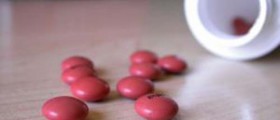

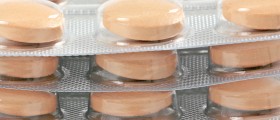
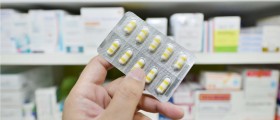
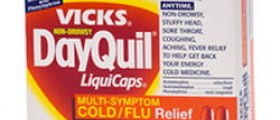
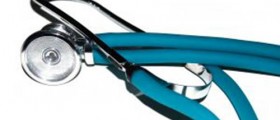
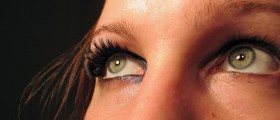
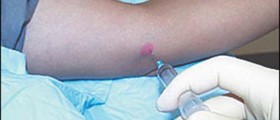
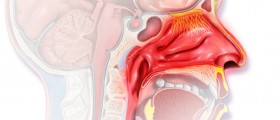

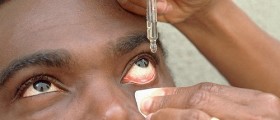


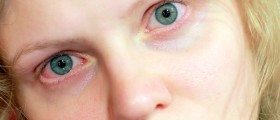
Your thoughts on this
Loading...